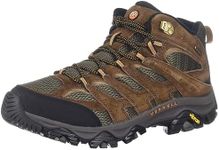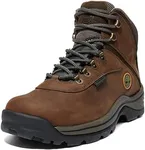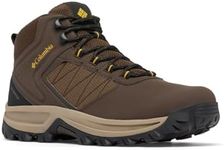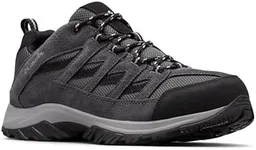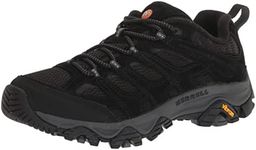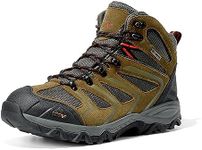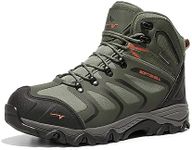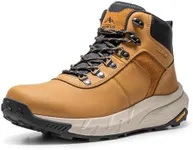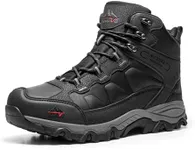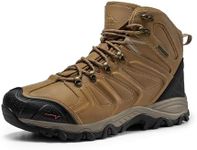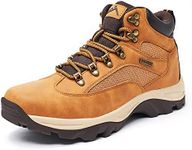Buying Guide for the Best Mens Hiking Shoes
Choosing the right men's hiking shoes is crucial for a comfortable and safe hiking experience. The right pair will provide support, protection, and durability, ensuring that your feet remain comfortable and injury-free on various terrains. When selecting hiking shoes, consider the type of hiking you plan to do, the terrain you'll encounter, and your personal comfort preferences. Here are some key specifications to help you make an informed decision.Type of Hiking ShoesHiking shoes come in different types, including trail shoes, hiking boots, and mountaineering boots. Trail shoes are lightweight and suitable for well-maintained trails and short hikes. Hiking boots offer more support and protection, making them ideal for longer hikes and rougher terrains. Mountaineering boots are designed for extreme conditions and technical climbs. Choose the type based on the difficulty and length of your hikes.
Fit and ComfortThe fit and comfort of hiking shoes are paramount. Shoes that are too tight can cause blisters, while those that are too loose can lead to instability. When trying on hiking shoes, wear the socks you plan to hike in and ensure there's enough room to wiggle your toes. Walk around to check for any discomfort or pressure points. A good fit will provide a snug feel around the heel and midfoot while allowing some space in the toe box.
MaterialHiking shoes are made from various materials, including leather, synthetic, and mesh. Leather is durable and offers excellent protection but can be heavier and less breathable. Synthetic materials are lighter and more breathable but may not be as durable. Mesh panels provide ventilation, making them ideal for hot weather. Consider the climate and terrain of your hikes when choosing the material.
WaterproofingWaterproof hiking shoes are essential if you plan to hike in wet conditions or cross streams. They are typically made with waterproof membranes like Gore-Tex, which keep water out while allowing moisture to escape. However, waterproof shoes can be less breathable, so if you hike in dry, hot conditions, you might prefer non-waterproof shoes for better ventilation.
TractionTraction is provided by the outsole of the hiking shoe, which should have a good tread pattern to grip various surfaces. Deep lugs offer better traction on muddy or loose terrain, while shallower lugs are suitable for rocky or hard-packed trails. Consider the typical terrain you'll encounter and choose a shoe with an outsole that provides the necessary grip.
WeightThe weight of hiking shoes can affect your endurance and comfort. Lighter shoes are easier to walk in and reduce fatigue, making them suitable for shorter hikes or well-maintained trails. Heavier shoes offer more support and protection, which is beneficial for longer hikes or rough terrains. Balance the need for support with the desire for a lighter shoe based on your hiking plans.
Ankle SupportAnkle support is important for preventing injuries, especially on uneven terrain. Low-cut hiking shoes offer less ankle support but are lighter and more flexible, suitable for easy trails. Mid-cut and high-cut boots provide more support and stability, making them ideal for rough or steep trails. Consider your ankle strength and the terrain when choosing the level of support.
